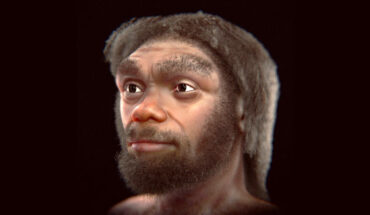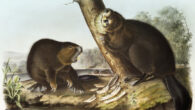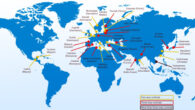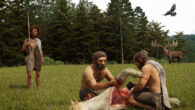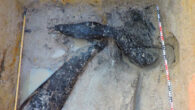A Brazilian anthropologist has reconstructed the face of the archaic human species Homo longi from a well-preserved skull discovered in northeastern China in the 1930s. The portrait of Homo longi. Image credit: Cicero Moraes, doi: 10.6084/m9.figshare.24648591. Homo longi is an extinct species of the genus Homo that lived in Asia during the Middle Pleistocene. Nicknamed Dragon man, the species was identified from a nearly complete skull dated to 148,000...

